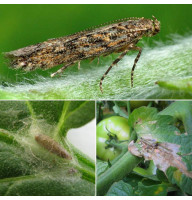Traps for catching garden pests can be viewed here.
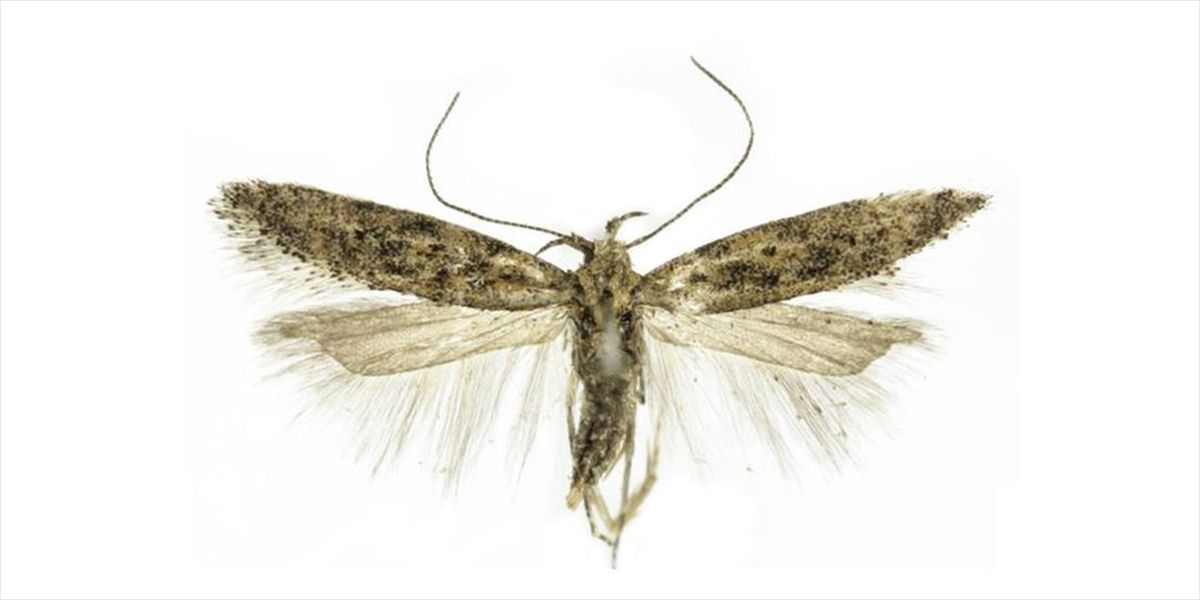
The tomato leafminer damages vegetable crops of the nightshade family both indoors and outdoors. In addition to tomatoes, it damages eggplants, peppers, physalis, potatoes and many wild and ornamental plants. The tomato moth develops very quickly.
Morphology
Imago
Tomato moth butterflies are grayish in color (variations from silver to brown are possible) with black symmetrical spots on the front, narrow wings and with long thread-like antennae on the head. The body length is 6-7 mm. Wingspan 8-12 mm.
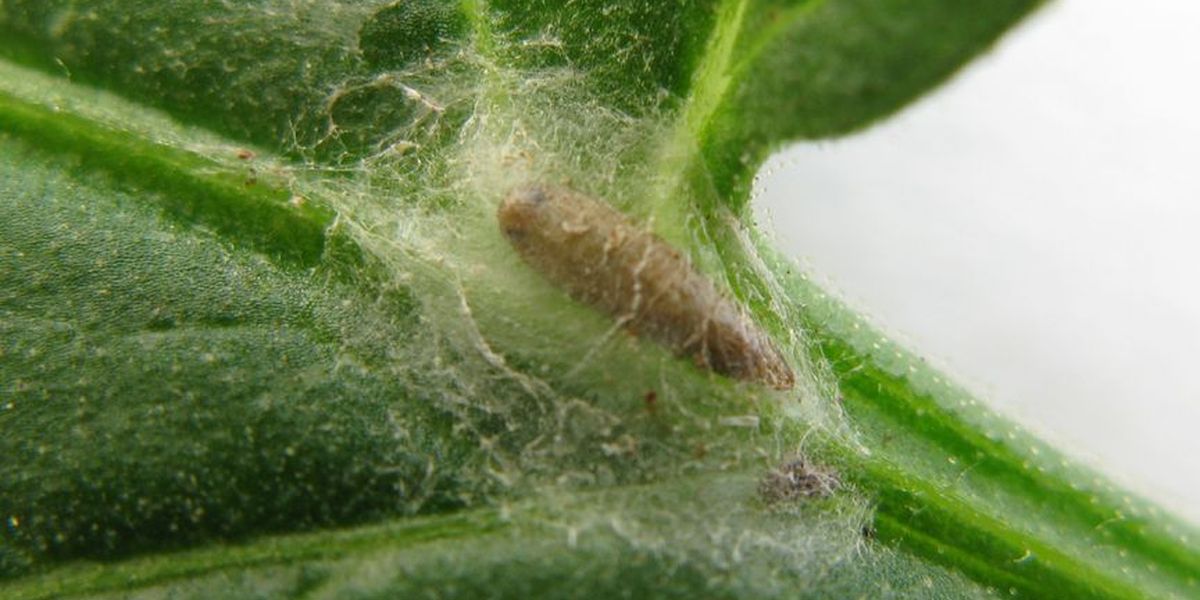
Sexual dimorphism
Males are slightly darker than females.
Egg
The eggs are creamy yellow in color and have an oval-cylindrical shape. Small, about 0.35 mm long and 0.22 mm wide. They are usually located on the underside of the leaves.
Larva
Younger instar larvae are white or cream-colored with a black head. As they grow older, the color changes, the body becomes greenish or pink, and the head becomes brown. The first instar caterpillar has a body length of approximately 0.9 mm, and older instars have a body length of 8-9 mm.
Pupa
The pupa is brown, about 6 mm long.
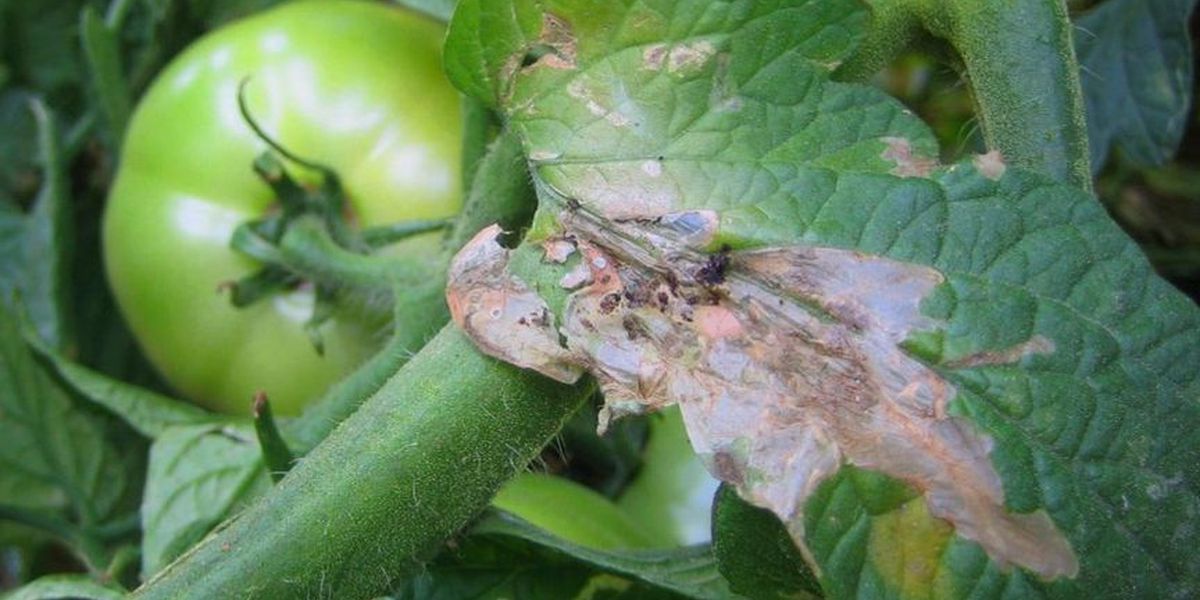
Development
Imago
During the year, the development of 10 - 12 generations of T. Absoluta is possible. The population development cycle includes: eggs, caterpillars, which have 4 eyelids, pupae and adults. The female lays 250 to 300 eggs on the surface of leaves, mainly on the tender side and on plant shoots. Egg laying begins on the 3rd day after birth.
Larva
The caterpillars are reborn after 4 - 5 days and bite into fruits, leaves or stems. Caterpillars molt three times in 13-15 days and go through 4 eyelids. If there is a sufficient amount of food, their development does not stop in winter, but can continue in storage where food plants are stored. Caterpillars pupate in cocoons on the surface of leaves or mines, or in the soil (in the latter case there is no cocoon).
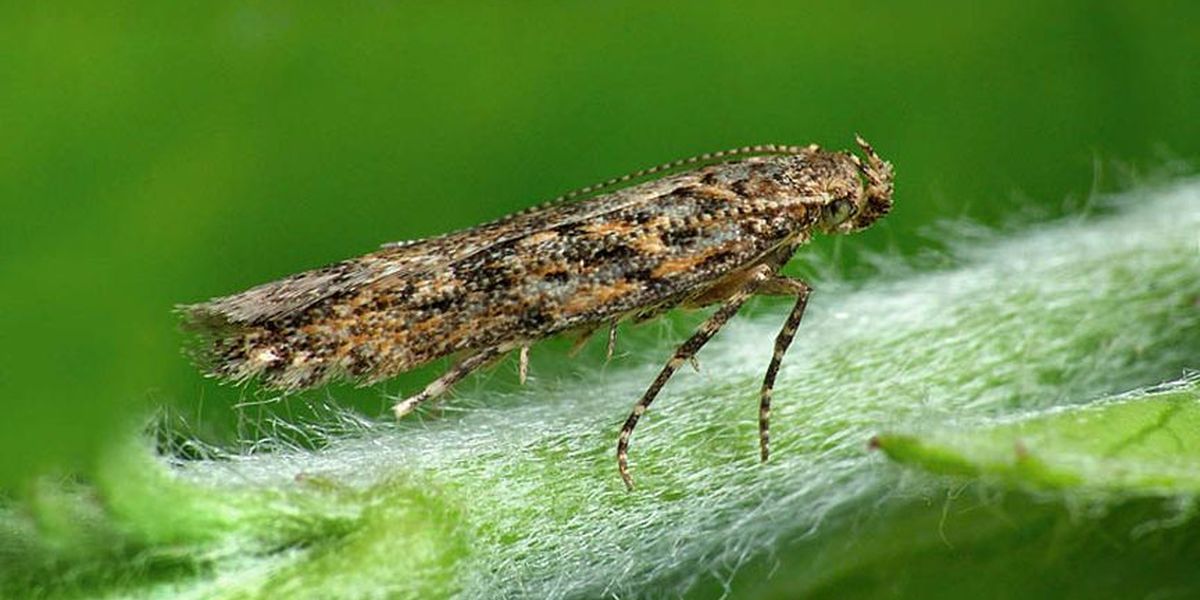
Abiotic factors
The minimum temperature required for the development of adults is 8ºC, the maximum is 35ºC. At a temperature of 30ºC, a generation develops in 20 days and can produce up to 13 generations per year.
The pest's caterpillars can live on all parts of tomato plants and damage plants at all stages of growth. Less commonly, they infect potatoes (only above-ground parts), forming large mines on the leaf, gnawing long passages in stems, green and ripe fruits, they cause significant crop losses both in greenhouses and in open ground. Damaged fruits are poorly stored, rot and lose commercial quality. Yield loss can reach 50-100%. Distributed with seedlings and fruits of tomatoes in all phases of development, also with packaging material, soil, equipment, and plant debris.

